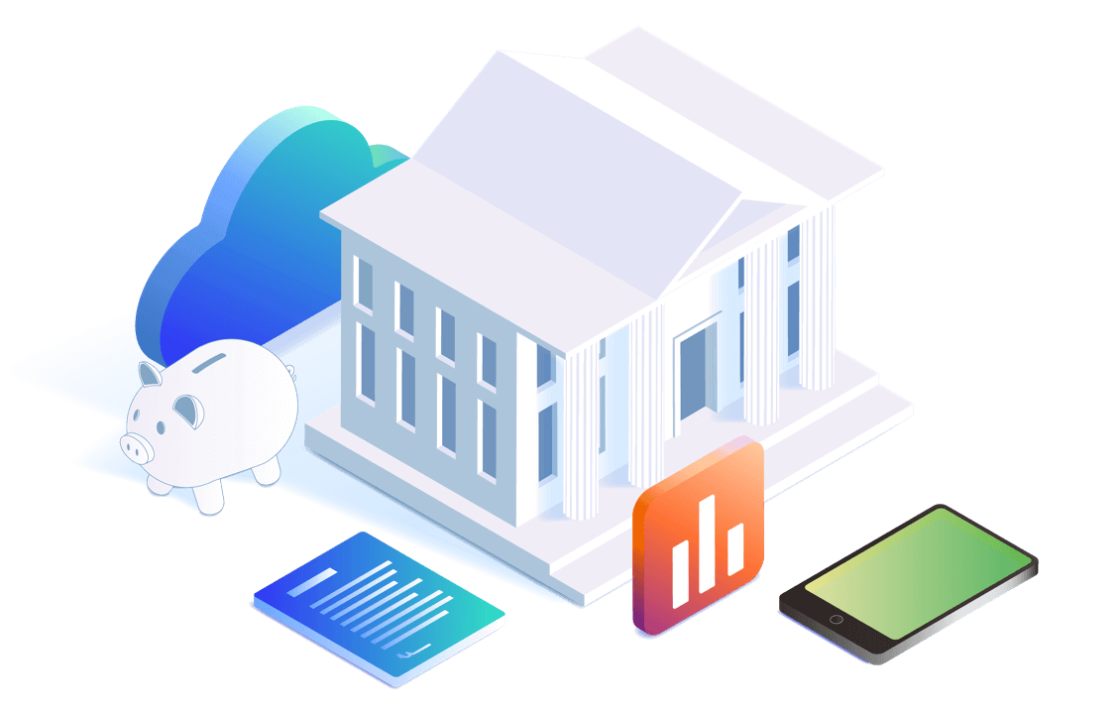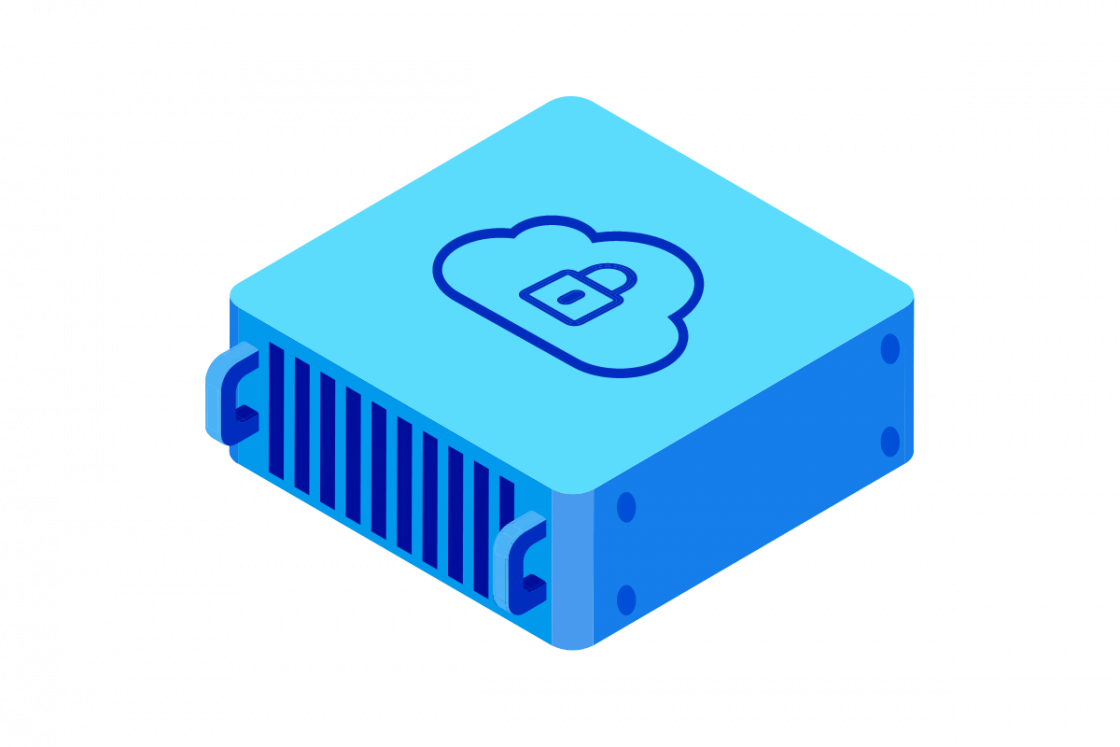What is LangChain?
LangChain has transformed how developers make applications powered by LLMs. As artificial intelligence continues to evolve at an unprecedented pace, LangChain emerges as a crucial tool that bridges the gap between complex AI capabilities and practical, real-world apps.
This comprehensive guide provides developers with the necessary tools, abstractions, and integrations to create sophisticated AI-powered apps that can reason, remember, and interact with external data sources and systems.

Understanding LangChain
At its core, LangChain addresses one of the most significant challenges in modern AI building: the complexity of orchestrating multiple AI services into cohesive, production-ready applications.
While options like GPT-4, Claude, and others demonstrate remarkable capabilities in isolation, building apps that leverage these effectively requires careful coordination of various components. That includes prompt management, memory systems, data retrieval mechanisms, and external tool integrations.
The framework's modular architecture allows developers to combine different components seamlessly. In the process, it creates apps that can perform complex tasks such as question-answering over private documents, automated content generation, intelligent chatbots, and sophisticated data analysis workflows.
Its design philosophy emphasises composability, enabling developers to mix and match different components based on their specific requirements and test cases.
Where LangChain Started
LangChain was conceived and developed to address the growing need for a standardised, flexible framework that could simplify the creation of LLM-powered applications.
The model emerged from the recognition that while individual language options possess impressive capabilities, harnessing their full potential requires sophisticated orchestration of multiple components working in harmony.
LangChain is built around several core concepts that form the foundation of its architecture. For example, chains represent sequences of operations that can be executed in a specific order, allowing developers to create complex workflows by combining simpler components.
These chains can range from simple prompt-response patterns to sophisticated multi-step reasoning processes that involve external data retrieval, computation, and decision-making.
Agents constitute another fundamental component of LangChain, representing autonomous entities that can make decisions about which tools to try and how to approach specific tasks.
Unlike traditional rule-based systems, these agents leverage the reasoning capabilities of tools to dynamically determine the best course of action based on the current context and available tools.
The framework also introduces the concept of Memory, which enables apps to maintain context across multiple interactions. This capability is crucial for building conversational AI systems that can remember previous exchanges and maintain coherent, contextual conversations over extended periods.
Tools and Toolkits provide these apps with the ability to interact with external systems, databases, APIs, and services. This extensibility ensures that LLM-powered apps can access real-time information, perform calculations, execute code, and integrate with existing business systems and workflows.
Applications of LangChain
The versatility of LangChain has led to its adoption across a wide range of applications and industries, demonstrating its effectiveness in solving diverse AI-related challenges.
One of the most prominent applications of LangChain is building intelligent document processing systems. Organisations utilise it to make applications that can analyse, summarise, and extract insights from large volumes of documents, enabling automated document review, contract analysis, and regulatory compliance monitoring. Other examples include:
- Conversational AI and chatbots represent another major app area where LangChain excels. Frame memory capabilities and tool integration features make it ideal for building sophisticated chatbots that access external information and perform complex tasks on behalf of users. These apps range from customer service automation to internal knowledge management systems that help employees find information and complete tasks more efficiently.
- In the realm of content generation and marketing automation, LangChain enables the creation of apps that can generate personalised content, optimise marketing campaigns, and create targeted messaging based on user behaviour and preferences. Marketing teams leverage these capabilities to scale their content production while maintaining quality and relevance.
- Research and analysis apps built with LangChain help organisations process and analyse large datasets, generate research summaries, and identify patterns and insights that might not be immediately apparent to human analysts. This knowledge is particularly valuable in fields such as market research, academic research, and competitive intelligence.
- The framework also finds extensive use in educational technology, where it powers apps that can provide personalised tutoring, generate educational content, and assess student performance. These apps adapt to individual reinforcement learning styles and pace, providing customised educational experiences that improve learning outcomes.
- Code generation and software dev assistance represent another growing application area. LangChain-powered applications can help developers write code, debug issues, generate documentation, and even architect software solutions based on natural language descriptions of requirements.
- In the financial services sector, apps built with LangChain are used for risk assessment, fraud detection, and automated compliance monitoring. Apps built with LangChain can analyse transaction patterns, assess credit risk, and ensure regulatory compliance by processing vast amounts of financial data and generating actionable insights.
The model’s ability to integrate with external systems makes it particularly valuable for workflow automation and business process optimisation. Organisations use LangChain to make applications that can automate complex business processes, make data-driven decisions, and optimise operations based on real-time info and historical patterns.
For real-world implementations and examples, see our blog articles:
RAG Chatbot using AI Endpoints and LangChain
How to use AI Endpoints, LangChain and JavaScript to create a chatbot
Benefits of Using LangChain
The adoption of LangChain offers numerous advantages that make it an attractive choice for companies and organisations looking to make AI-powered applications. One of the primary benefits is rapid development and prototyping. The pre-built components and abstractions of LangChain significantly reduce the time and effort required to make sophisticated AI apps, allowing devs to focus on business logic rather than low-level implementation details.
Modularity and reusability represent core strengths of the framework. Coders can make apps by combining and recombining existing components, reducing code duplication and improving maintainability. This modular approach also facilitates testing and debugging, as individual components can be tested in isolation before being integrated into larger systems.
The framework's extensive integration capabilities provide significant value by enabling seamless connectivity with a wide range of external systems, databases, and services. This integration capability ensures that apps can access real-time info, interact with existing business systems, and leverage specialised services as needed.
Scalability and performance optimisation are built into the framework's architecture, allowing apps to handle increasing loads and complexity without requiring significant architectural changes. Its design supports both horizontal and vertical scaling, ensuring that applications can grow with organisational needs.
The framework's community-driven model provides access to a rapidly growing ecosystem of plugins, extensions, and community-contributed components. This ecosystem accelerates development by providing ready-made solutions for common use cases and challenges.
Flexibility in model selection is another significant advantage, as it supports multiple LLM providers and options. This flexibility allows devs to choose the most appropriate model for their specific use case, optimize costs, and avoid vendor lock-in.
LangChain Compared to Other Frameworks
In the rapidly evolving landscape of AI frameworks, LangChain stands out for its unique approach to building apps powered by large language toolboxes. When placed side by side with other popular frameworks, its strengths in modularity and integration become particularly evident. This section explores how LangChain compares to alternatives like Hugging Face's Transformers and TensorFlow, focusing on key aspects such as ease of use, flexibility, and application focus.
LangChain differentiates itself by prioritising the orchestration of multiple AI components into cohesive applications. Unlike Hugging Face's Transformers, which primarily focuses on providing pre-trained models and fine-tuning capabilities for natural language processing tasks, it offers a broader concept for building end-to-end apps.
While Transformers excels in model training and deployment for specific NLP tasks, it provides methods for chaining prompts, managing memory, and integrating external data sources, making it more suited for devs looking to make complex, interactive AI systems.
When compared to TensorFlow, a comprehensive machine learning platform, LangChain's scope is more specialised towards language model apps. TensorFlow offers extensive capabilities for building and training custom machine learning models from scratch, catering to a wide range of AI inference tasks beyond language processing.
However, this breadth can introduce complexity for developers focused solely on leveraging existing language toolboxs. It, by contrast, simplifies the process by abstracting much of the low-level model management. That allows developers to focus on application logic and user experience rather than the intricacies of model architecture or training pipelines.
Ease of integration with external systems is another area where LangChain shines in comparison. While frameworks like TensorFlow provide robust kits for model creation, they often require additional effort to connect with APIs, databases, or real-time sources.
LangChain's built-in support for methods and toolkits streamlines these integrations, enabling apps to interact seamlessly with the outside world. This makes it an ideal choice for projects that require real-time access or interaction with existing business systems.
Getting Started with LangChain
Beginning your journey with LangChain requires understanding both the conceptual and the practical implementation steps. The first step involves setting up the environment and installing the necessary dependencies. For Python coders, this typically involves installing the package along with any specific integrations required for your use case.
Understanding the core concepts of the framework is crucial before diving into implementation. Developers should familiarise themselves with the fundamental building blocks: prompts, models, chains, agents, and memory. Each of these components plays a specific role in the overall architecture, and understanding their interactions is essential for building effective apps.
The prompt engineering process represents a critical skill for LangChain coders. Effective prompts are the foundation of successful LLM apps, and LangChain provides methods and templates that help devs create, test, and optimise prompts for their specific use cases.
This process involves understanding how to structure prompts, provide context, and guide model behaviour to achieve desired outcomes.
Model selection and configuration require careful consideration of factors such as performance requirements, cost constraints, and specific capabilities needed for your application. It supports multiple model providers, and developers must understand the trade-offs between different options to make informed decisions.
Building your first simple chain provides hands-on experience with the framework's core functionality.
A basic chain might involve taking user input, processing it through a text model, and returning a formatted response. This simple example demonstrates the fundamental pattern that underlies more complex apps.
Memory implementation becomes important as apps grow in complexity. LangChain provides several memory types, from simple conversation buffers to more sophisticated memory systems that can maintain context across multiple sessions. Understanding when and how to implement different memory types is crucial for building effective conversational apps.
OVHcloud and LangChain
In today's rapidly evolving AI landscape, building and deploying intelligent apps requires powerful tools and flexible infrastructure.
This section explores how OVHcloud's comprehensive suite of AI services, combined with the innovative capabilities of it, empowers developers and scientists to streamline their workflows and accelerate the creation of cutting-edge AI solutions.
Discover how OVHcloud provides the robust foundation for your LangChain-powered projects, from initial experimentation to scalable production deployments.

AI Endpoints
Simplify your generative AI deployments with OVHcloud AI Endpoints. It is a fully managed service allows you to serve powerful Large Language Models (LLMs) through ready-to-use APIs—no infrastructure management required. It doesn’t matter whether you're building chatbots, virtual assistants, or document automation pipelines with LangChain. Our AI Endpoints offer low-latency, scalable inference with pay-as-you-go pricing. Seamlessly integrate state-of-the-art models into your applications and move from prototype to production in just a few clicks.

AI Notebooks
Unlock the power of your information with OVHcloud AI Notebooks. Our managed Jupyter Notebooks solution provides a collaborative and interactive environment for your data science projects. Focus on developing and experimenting with your AI models without the hassle of infrastructure management. With seamless integration to powerful GPUs and scalable resources, you can accelerate your research and bring your ideas to life faster.

AI Training
Accelerate your machine learning with OVHcloud AI Training. Our service offers a robust and scalable platform designed to streamline your AI model training. Leverage the power of dedicated GPUs and distributed computing to dramatically reduce training times. With flexible resource allocation and support for popular AI frameworks, you can efficiently train complex models and iterate on your experiments with ease, bringing your AI projects to production quicker.